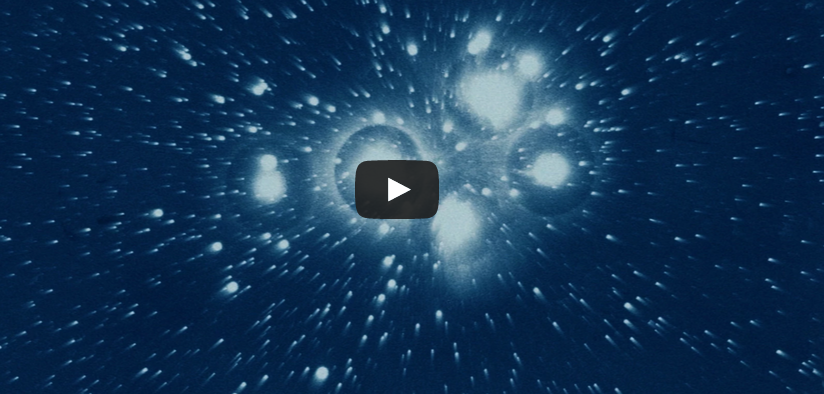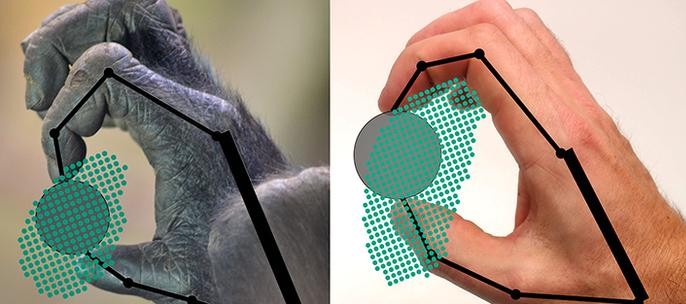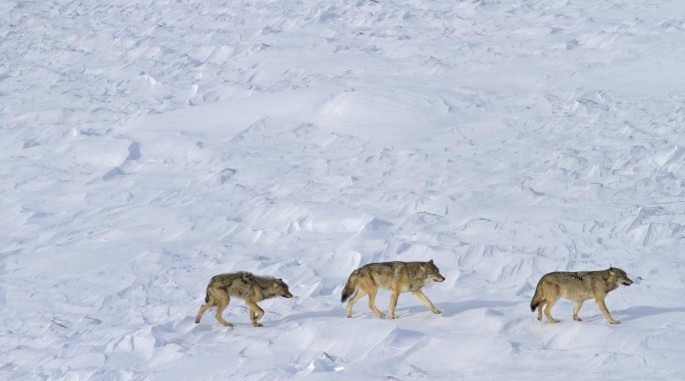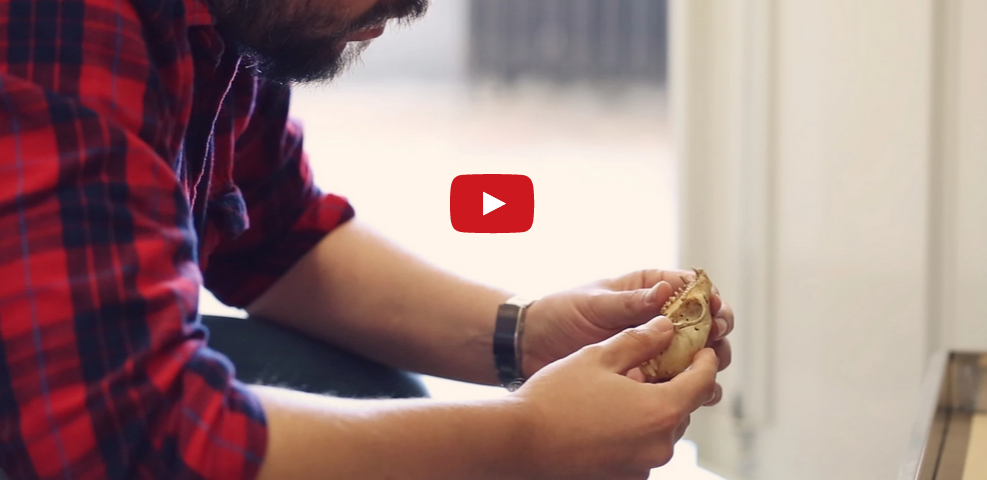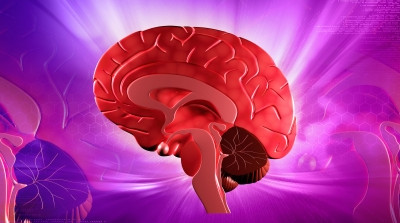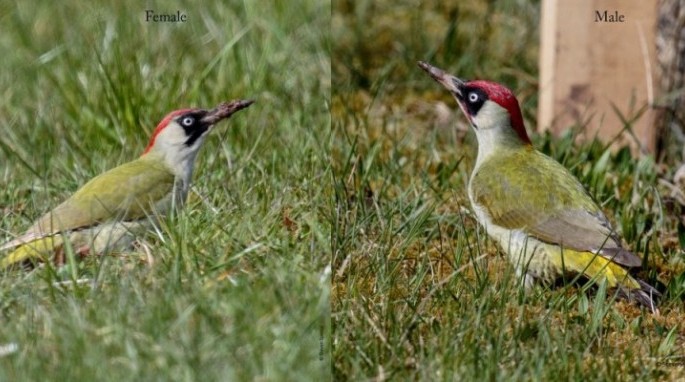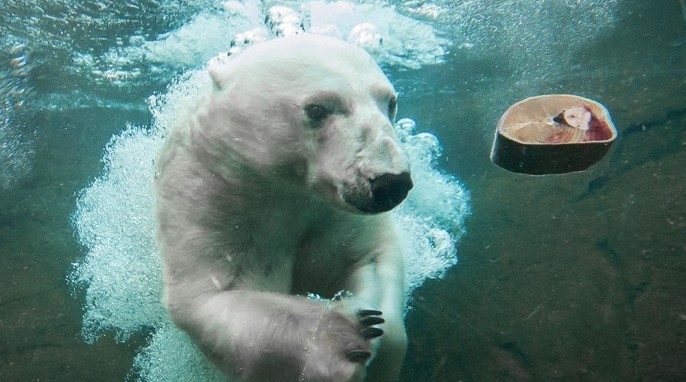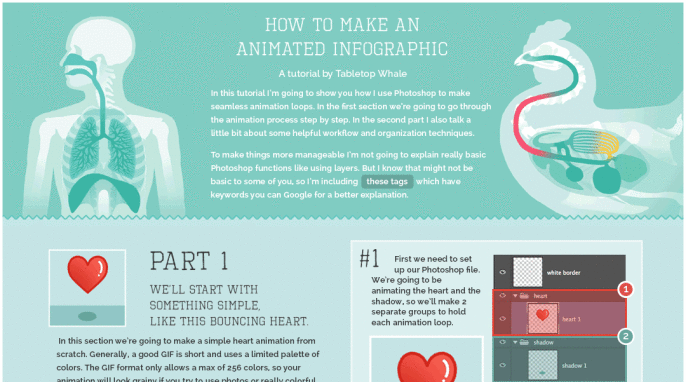How to Ask Your Boss for a Treadmill Desk
The adverse effects of sedentary office work have given adjustable desks, standing desks, and treadmill desks new attention, but treadmill desks are not everyone’s cup of tea. Now, the latest research from Brigham Young University reveals the impact that treadmill desks can have on job performance. So You Want a Treadmill Desk If you are interested in using a treadmill desk at the office, your greatest challenge may be convincing your boss that it will not have a negative impact on your job performance. Some employers worry that standing or…
Read More

